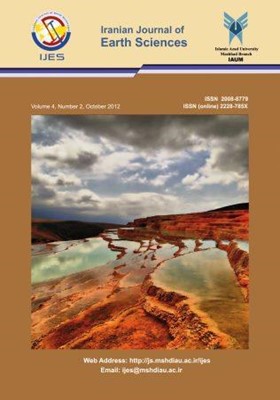Relations between Deep and Shallow Stratigraphic Units of Northern Iraq during Cretaceous
Subject Areas : MineralogyKamal H Karim 1 * , Rabea K Al-Hamadani 2 , Sirwan H. Ahmad 3
1 - Prof. University of Sulaimani, Department of Geology
2 - Assistant lecturer, University of Mosul, Department of Geology
3 - Assistant lecturer, University of Sulaimani, Department of Geology
Keywords: Iraq, Arabian platform, Shiranish-Tanjero Formations, Stratigraphic units, Sulaimani,
Abstract :
The studied area includes Sulaimani, Erbil and Dohuk Governorates where Cretaceous rocks are well exposed in the High Folded Zone of North and Northeastern Iraq. This area is part of the northwestern boundary of Arabian platform near to Iranian border. In these governorates, the study tries to clarify the relations between deep and shallow stratigraphic units (formation or facies) during Cretaceous. The result of the present study is mainly depended on the field lateral tracing of the lithologic changes and paleontological evidences for indicating the new age termination of the units. The result showed as a generalized and simple model of temporal and special relations between Cretaceous deep and shallow water formations. The Balambo (Kazhdumi in Iran), Kometan (Ilam), Shiranish-Tanjero (Gurpi) Formations (as deep facies) are indicated as lateral equivalent of shallow facies of Qamchuqa (Sarvak and Dariyian), Bekhme (has not equivalent in Iran yet) and Aqra Formation (Seymare or Tarbur) respectively. On the model, the transition zone is indicated where the deep facies, from the east, change to shallow ones at the west. The shallow facies consist of coarse grain limestone with fossils skeletons, bioclasts and intraclasts. The deep facieses are fine grain pelagic limestone with microfossils (panktonic forams and nanofossils) whiles the transitional facies (zones) generally consist mixture of the two as interfigering relation between the deep and shallow facies. As the changes of the lithology of transitional zones are relatively sudden, therefore, they are not designated as formation and not defined previously.

